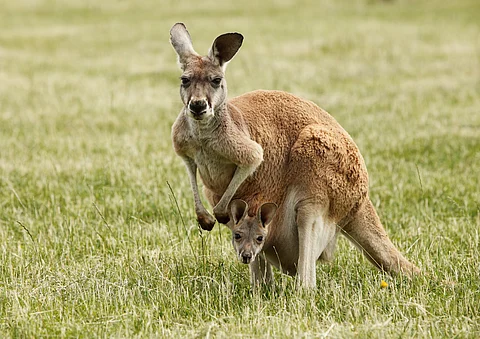

A team of scientists has successfully produced the first kangaroo embryos using in vitro fertilisation (IVF), a technique commonly used in humans and domesticated animals. This breakthrough could be a crucial step towards the conservation of endangered marsupial species, according to the researchers at the University of Queensland, Australia.
Lead author of the study, published in Reproduction, Fertility and Development, Andres Gambini, said the research has provided valuable insights into marsupial reproduction. “Australia is home to the greatest diversity of marsupial fauna on the planet but it also has the highest mammal extinction rate,” he said in a statement.
Australia has lost 87 per cent of its unique mammal species endemic to the region in less than 250 years. A 2022 study reported that 38 native mammal species have become extinct since colonisation, while another 52 species are classified as critically endangered or endangered.
The landmark achievement could be replicated in assisted reproduction of other species for conservation, Gambini said. “Our ultimate goal is to support the preservation of endangered marsupial species like koalas, Tasmanian devils, northern hairy-nosed wombats and Leadbeater's possums,” he added.
The researchers used the eastern grey kangaroo — a large free-ranging mammal— as a model species due to its abundance. The trial involved the development of eggs and sperm in the laboratory, followed by fertilisation using the intracytoplasmic sperm injection technique, where a single sperm is directly injected into a mature egg. The process resulted in the successful creation of 28 embryos.
Gambini noted that access to marsupial tissues remains a challenge due to limited studies in this area compared to domestic animals, despite marsupials being integral to Australia’s biodiversity. “We are now refining techniques to collect, culture and preserve marsupial eggs and sperm,” he said.
The scientists aim to develop preservation methods to safeguard the genetic material of these unique species, ensuring their long-term survival. They estimate that the birth of a marsupial via IVF could become a reality within a decade.
IVF technology has previously been used to aid conservation efforts for other endangered species. In 2024, scientists in Kenya successfully achieved the world’s first IVF pregnancy in a rhinoceros by transferring a lab-created embryo into a surrogate mother.